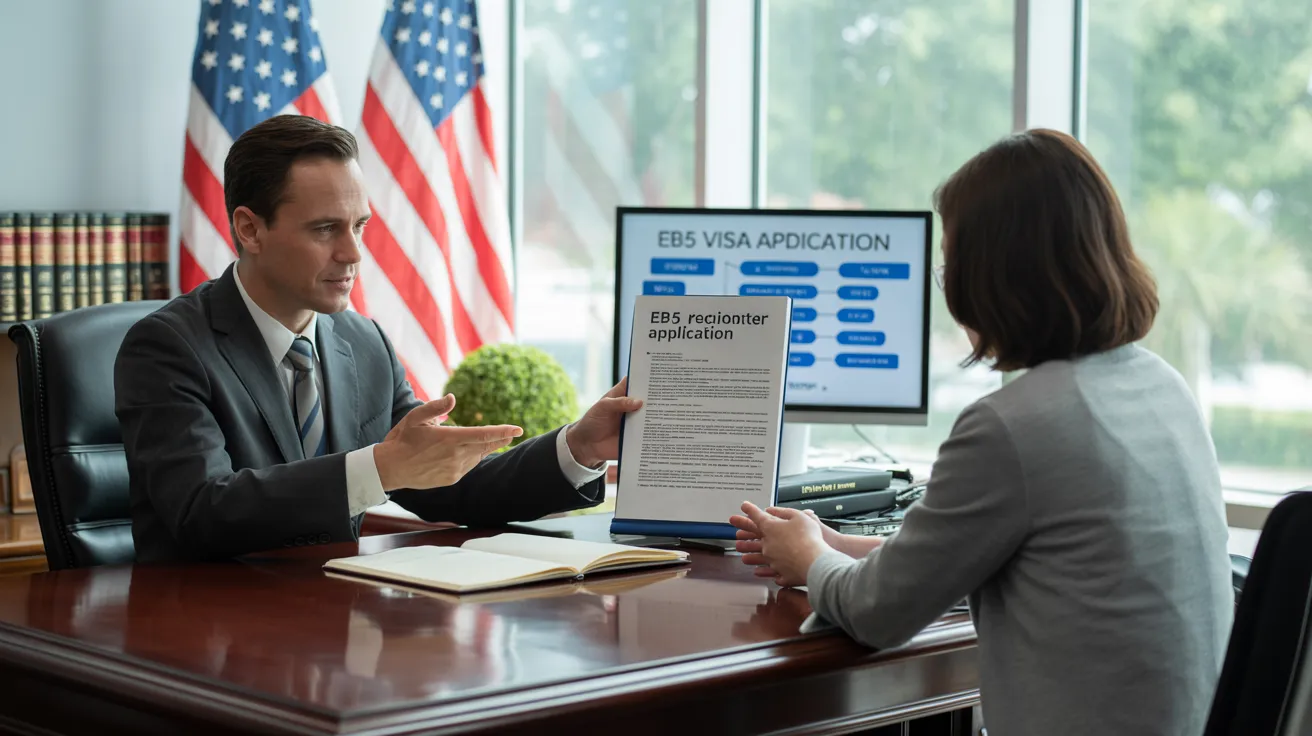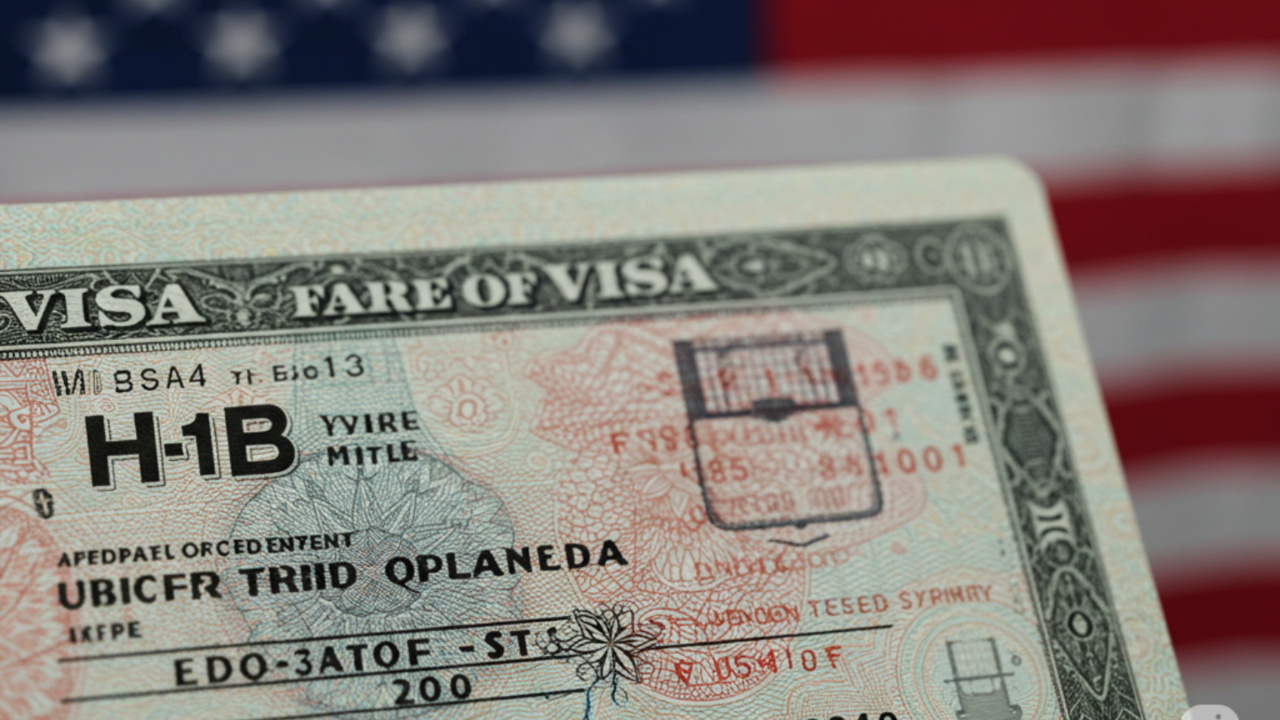About L1 Visa
Table of ContentsL1 Visa Things To Know Before You Buy7 Easy Facts About L1 Visa ExplainedThe Buzz on L1 VisaL1 Visa Things To Know Before You Get ThisThe 4-Minute Rule for L1 VisaThe Of L1 Visa
Readily Available from ProQuest Dissertations & Theses International; Social Scientific Research Premium Collection. DHS Workplace of the Examiner General. Gotten 2023-03-26.
United State Division of State. Obtained 2023-02-08. Tamen, Joan Fleischer (August 10, 2013).
The Ultimate Guide To L1 Visa
In order to be eligible for the L-1 visa, the international firm abroad where the Recipient was employed and the U.S. firm should have a certifying relationship at the time of the transfer. The different kinds of qualifying partnerships are: 1.
Business A has 100% of the shares of Firm B.Company A is the Parent and Business B is a subsidiary. There is a qualifying partnership between the two firms and Business B should be able to sponsor the Beneficiary.
Example 2: Firm A is incorporated in the united state and wants to petition the Beneficiary. Company B is incorporated in Indonesia and employs the Recipient. Business A possesses 40% of Business B. The staying 60% is had and controlled by Company C, which has no connection to Company A.Since Business A and B do not have a parent-subsidiary partnership, Firm A can not sponsor the Beneficiary for L-1.
Company A has 40% of Firm B. The remaining 60% is had by Business C, which has no relationship to Firm A. Nevertheless, Company A, by formal agreement, controls and full manages Firm B.Since Company A has less than 50% of Company B yet takes care of and manages the firm, there is a qualifying parent-subsidiary connection and Company A can fund the Beneficiary for L-1.
L1 Visa Things To Know Before You Buy
Affiliate: An affiliate is 1 of 2 subsidiaries thar are both owned and controlled by the exact same parent or person, or had and managed by the exact same group of people, in generally the exact same proportions. a. Example 1: Business A is included in Ghana and utilizes the Beneficiary. Business B is integrated in the U.S.
Company C, likewise integrated in Ghana, owns 100% of Firm A and 100% of Company B.Therefore, Firm A and Business B are "affiliates" or sister firms and a qualifying connection exists between the two firms. Company B must have the ability to sponsor the Beneficiary. b. Instance 2: Business A is incorporated in the U.S.
Company A is 60% possessed by Mrs. Smith, 20% possessed by Mr. Doe, and 20% possessed by Ms. Brown. Company B is integrated in Colombia and currently utilizes the Beneficiary. Firm B is 65% had by Mrs. Smith, 15% had by Mr. Doe, and 20% possessed by Ms. Brown. Business A and Business B are affiliates and have a qualifying relationship in two different means: Mrs.
The L-1 visa is an employment-based visa group developed by Congress in 1970, permitting international business to transfer their managers, execs, or crucial personnel to their united state operations. It is typically referred to as the intracompany transferee visa. There are two main sorts of L-1 visas: L-1A and L-1B. These kinds appropriate for staff members hired in different positions within a business.

Additionally, the beneficiary must have operated in a supervisory, executive, or specialized worker setting for one year within the 3 years preceding the L-1A application in the international firm. For brand-new workplace applications, international employment needs to have remained in a managerial or executive capacity if the recipient is concerning the United States to work as a manager or executive.
The Best Strategy To Use For L1 Visa

If given for a united state company operational for explore your L1 Visa greater than one year, the initial L-1B visa is for as much as 3 years and can be prolonged for an additional 2 years (L1 Visa). Alternatively, if the united state company is recently established or has actually been functional for much less than one year, the initial L-1B visa is issued for one year, with extensions available in two-year increments
The L-1 visa is an employment-based visa category established by Congress in 1970, permitting international companies to transfer their managers, execs, or key personnel to their united state operations. It is typically referred to as the intracompany transferee visa. There are two primary types of L-1 visas: L-1A and L-1B. These types are appropriate for employees worked with in various settings within a company.
L1 Visa for Dummies
In addition, the recipient has to have worked in a managerial, executive, or specialized staff member position for one year within the three years preceding the L-1A application in the international firm. For brand-new workplace applications, foreign employment needs to have remained in a supervisory or executive capability if the beneficiary is coming to the United States to work as a manager or exec.
for as much as seven years to supervise the operations of the united state affiliate as an executive or supervisor. If released for a united state business that has actually been functional for more than one year, the L-1A visa is originally provided for up to three years and can be prolonged in two-year increments.
If provided for a united state firm functional for greater than one year, the preliminary L-1B visa is for approximately three years and can be extended for an extra two years. On the other hand, if the U.S. firm is recently established or has been operational for less than one year, the first L-1B visa is released L1 Visa process for one year, with extensions available in two-year increments.